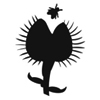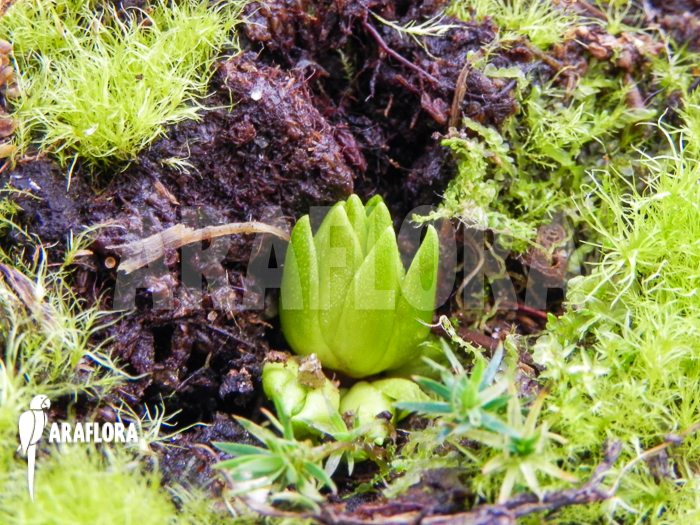Pinguicula vulgaris winter bud - CarniP44a
Pinguicula vulgaris winter bud - CarniP44a
Pinguicula vulgaris is a real must for all plant enthusiastics. Additional information about this plant will become available later.
Currently not in stock
€ 12,00
Keep me up to date?
Araflora will inform you as soon as the product is available again. Please fill in your e-mail address and we will let you know as soon as the product is back in stock. You will get an e-mail message when the product is available again. Unfortunately we cannot say how long this will be or what the price is likely to be.

Receive an e-mail when new stock of this plant arrives.
Share this plant? Press on one of the following icons.
Pinguicula vulgaris is a special carnivorous plant from the bladderworts family (Lentebulariaceae). This carnivorous plant species is known for is rosette of oval to egg-shaped, light green to almost yellowish leaves. On top of these leaves, many tiny glands produce a very sticky substance. If small insects come in contact with this substance, escaping is almost inevitable. The leaves of Pinguicula vulgaris digest the insects and thereby compensating to the nutrient poor conditions the plants grow in. From spring to the beginning of summer this species could flower. Per rosette, one to several flowers stalks are produced, carrying a solitary flower. The flower is purple and looks somewhat like a violet. It has a maximum size of around 2 cm. Propagation of this species is most commonly done by separating younger rosettes, forming at the base of mature plants. Also, harvesting seed and sowing is possible.




Pinguicula vulgaris grows naturally in nutrient poor, waterlogged and boggy conditions in the larger part of the world. It is possible to grow this carnivous plant species indoors, but outdoors as well. Pot Pinguicula vulgaris in a peat with calcium rich soil mixture, containing no or very little nutrients only. A soil mixture based for the major part of peat is highly recommended. Never let the soil go dry, make sure it stays always a bit soggy. This provides also the right humidity for growing this species. Preferable, use rainwater or water that does not contain any minerals. Place the plant in a very bright spot, after acclimatization, this species could endure direct sunlight all day. This species is frost tolerant, but it will lose all the aboveground tissue; from its rhizome the plant sprouts again when conditions are favorable. Never apply any fertilizer for this plant, it will provide itself with any nutrients by catching small insects.





 1 cm
1 cm
 1 cm
1 cm












